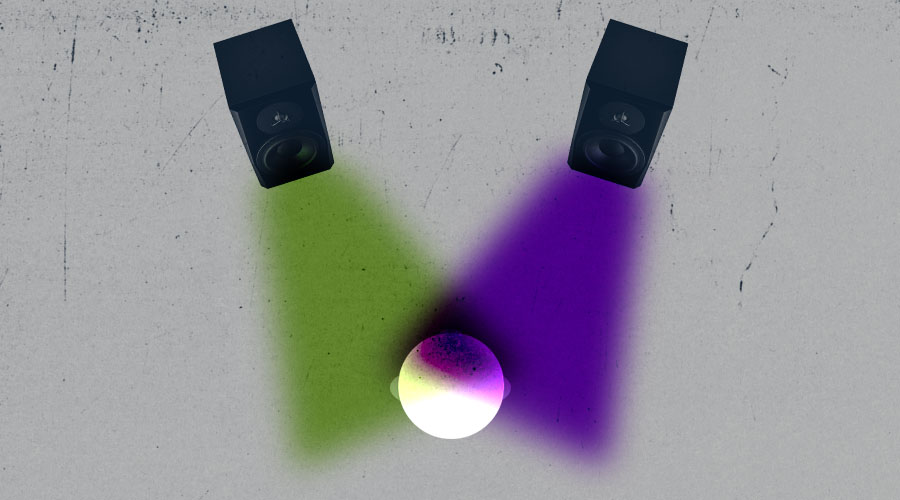

Keeping that manual to hand is sound idea – it’s essential for quick referencing the Hugo 2’s (initially) complex colour coding. The 3.5mm digital coaxial jack input supports ‘dual data mode’, where 768kHz files can be input as two separate 384kHz data streams, should devices support this capability.” “Coax 1 configuration = Tip and sleeve, Coax 2 configuration = Ring and sleeve. On this, the (rather splendid) Hugo 2 manual reports the following: PCM support maxes out at 768kHz – twice that of the original Hugo – whilst the native DSD ceiling has been lifted from DSD128 to DSD512 - good news for those who like to push the pedal to the metal on server side up-sampling with HQPlayer or similar.Īt the opposite end of the chassis sit 3.5mm and 6.4mm headphone outputs, a pair of RCA outputs and two more digital inputs: 192kHz-capable TOSLINK and a (Mojo-like) 3.5mm 384kHz coaxial socket. The second (HD) USB socket is reserved for audio input. The Hugo 2 will auto power-off after 15 minutes of digital signal absence. Twice the amperage halves it to 4 hours.Ĭhord specify 8 hours as the average battery run time with hi-res files sucking a little harder on the Hugo 2’s fuel pipe than Redbook or lossy codecs. Any 5V source will do a single amp results in an 8 hour recharge time (aka overnight). The glowing ‘gecko-eye’ polycarbonate buttons, inherited from the Mojo, make it much less fiddly to use than its predecessor.Īddressing a common complaint about the original, both USB sockets now sit flush with the casework and one has been handed over to internal battery recharging. The revised aluminium casework ditches the rounded corners of the original for a crisper, cleaner look and a more solid, weighty feel.


 0 kommentar(er)
0 kommentar(er)
